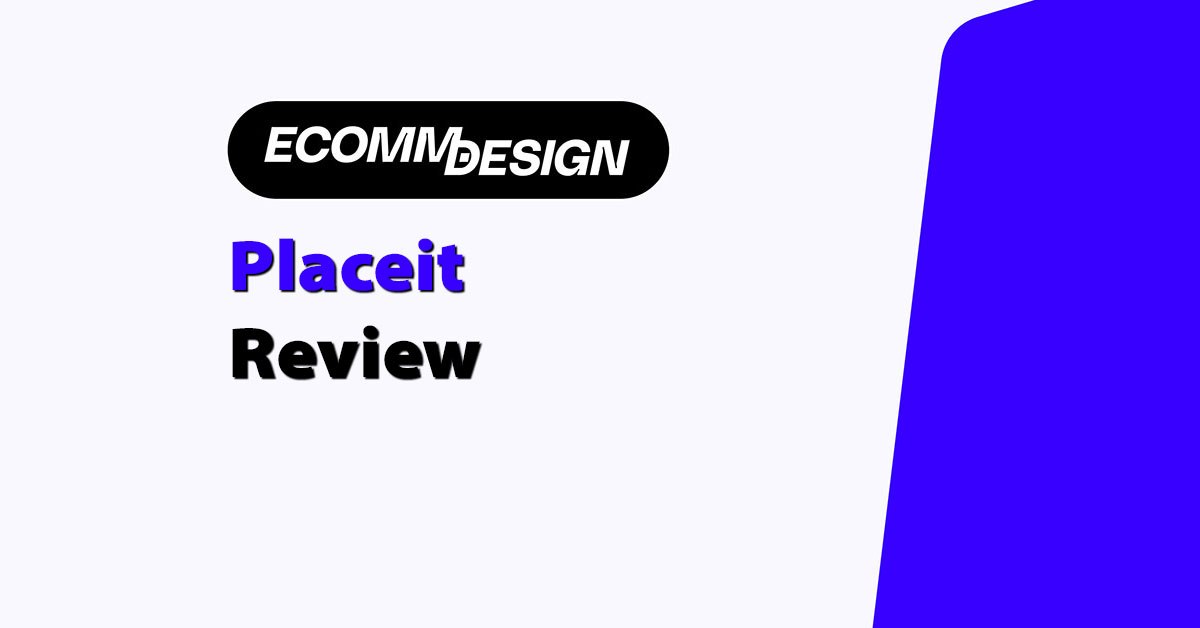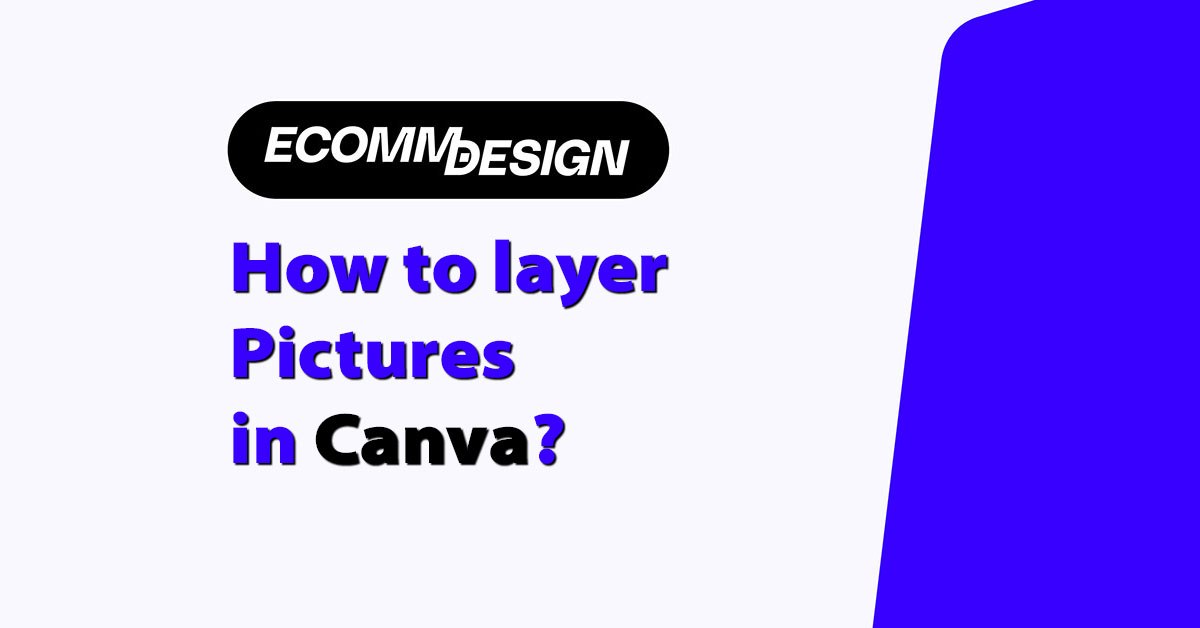
Ultimately, the answer to that question all depends on what you’re looking for.
If you want an easy-to-use and affordable toolkit for creating everything from logos to versatile product mockups, videos, and social media images, Placeit is a great pick.
If you’re looking for advanced AI-powered design tools, on the other hand, intuitive collaboration tools, and an ever-evolving roster of features, Kittl is the better choice.
Still uncertain?
This head-to-head comparison based on my hands-on experience testing the features and capabilities of both tools should help you make the right choice.














